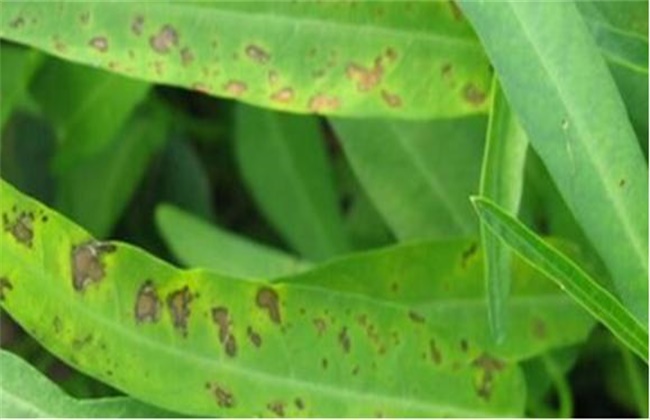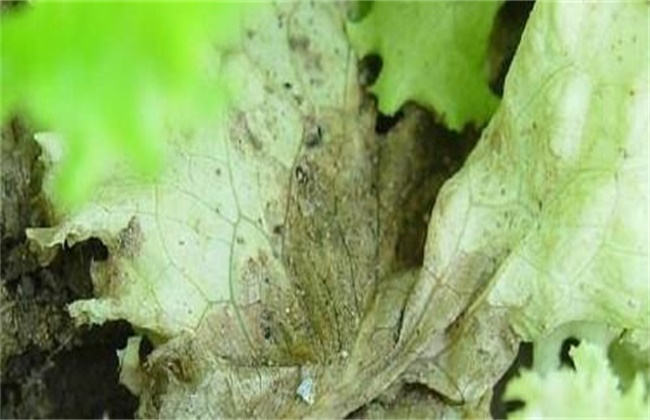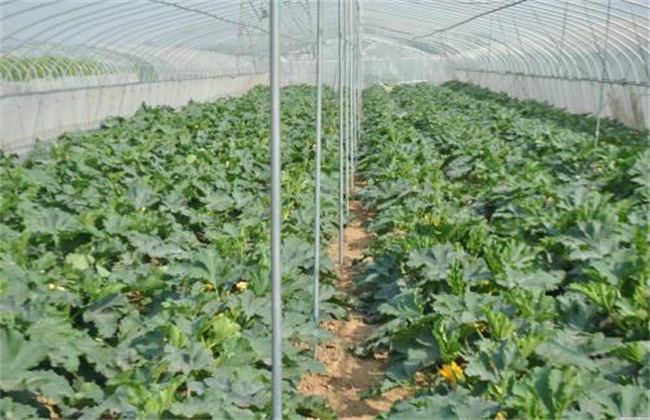Control methods of anthracnose of hollow cabbage
Anthracnose is often encountered in the process of asparagus seeds, which mainly harms the leaves and stems of asparagus. Seedling damage may cause death of seedlings and seriously affect the yield. So how to prevent and cure anthracnose of asparagus? Come and have a look with the editor.

1. Harmful symptoms
The pathogen of anthracnose of hollow cabbage overwintered in the diseased tissue with mycelium and conidia, and the pathogen would be spread by Rain Water sputtering. After the initial infection, it would continue to produce conidia and spread infection again. It mainly harms the leaves and stems of asparagus. Seedling damage can cause dead seedlings, the disease is that the disease spot on the leaf is nearly round, dark brown, there are slight wheel lines on the disease spot, dense small black spots on the disease spot, the disease spot will expand and melt, causing the leaves to wither and yellow. On the other hand, the disease spot on the stem is nearly oval and slightly depressed.
2. The cause of disease
There are many reasons for anthracnose, first of all, seeds with bacteria, fertilizer is not fully mature, organic fertilizer with bacteria are very easy to cause the disease. Excessive planting density, poor permeability and excessive application of nitrogen fertilizer will also lead to the decline of plant disease resistance, which is easy to occur. Planting in low-lying land with stagnant water, poor drainage and moist soil is also very easy to occur, and it is also easy to develop the disease when planting the environment with high temperature and humidity and lack of light. It is easy to occur when the temperature rises rapidly when it is warm and rainy in early spring or after cloudy and rainy in summer. In the process of greenhouse cultivation, it is not timely to release air and dehumidification, which will also cause the disease of excessive humidity.
3. Preventive measures
In order to prevent this disease, it is best to use non-undergraduate crop rotation, among which flood-drought rotation is the best; high border cultivation is recommended, fields with convenient drainage and irrigation are selected, drainage ditches are well opened, groundwater table is lowered, and there is no stagnant water in rain. in addition, in the heavy rain and water to clean up the ditches, reduce humidity, these are important measures to prevent the disease. Do not use bacteria when using fertilizer, organic fertilizer shall not contain plant disease and residue, and it should be applied after full ripening, which can appropriately increase the application of phosphorus and potassium fertilizer, improve disease resistance, strengthen field management and cultivate strong seedlings.
4. Chemical control
At the initial stage of the disease, carbendazim or thiram powder can be sprayed every 10 days for 2-3 times. It should be noted that the application should be stopped one week before harvest, so as not to produce drug residues and endanger human health.
The above introduction of the prevention and control methods of anthracnose of asparagus, hope to help you, want to know more related knowledge, please follow us.
Related
- Where is it suitable to grow horseradish in China? it is expected to see the middle altitude horseradish in Alishan.
- How to prevent tomato virus disease reasonably? (Control methods included)
- Many people like to plant towel gourd on the balcony. What are the main points of this method and management?
- What crops can chili peppers be mixed with?
- Fertilization techniques and matters needing attention in Tomato
- What are the grafting techniques for peach seedlings in spring?
- Harm and control methods of root swelling disease of Chinese cabbage
- What are the pests of sweet potatoes? How to prevent and cure it?
- Symptoms, causes and Control methods of navel Rot in Tomato
- The cause of "Cucumber rotten bibcock" in Farmers' planting Cucumber and its Control Plan



